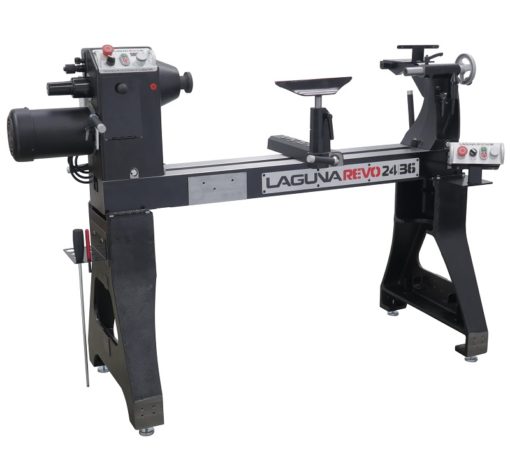
Best Choice Wood Lathes For Sale Australia
Best Choice Wood Lathes For Sale Australia
Discover Quality Wood Lathes for Sale in Australia with Nationwide Delivery
Experience the artistry of woodworking with our range of exceptional wood lathes. Crafted for both professionals and DIY enthusiasts, these tools offer unparalleled precision and versatility. Transform raw timber into exquisite pieces that reflect your creativity and passion.Whether you’re sculpting furniture, decor, or art, our wood lathes are designed to elevate your craft to new heights. From compact tabletop models to robust machines for larger projects, find the perfect lathe to meet your needs.Selecting the right lathe involves considering size, power, and functionality. Tailored for bowl or spindle turning, our lathes boast a range of features and accessories that enhance your woodworking experience. Explore our Bayswater Melbourne showroom or browse online for a curated selection of top-quality lathes, each delivering superior performance and durability.Enjoy the convenience of nationwide delivery and expert advice from Dean. Contact us directly at 03 9720 1678 for personalized recommendations and technical support. Let MMVic be your partner on the journey to woodworking excellence – where craftsmanship meets innovation with every lathe purchase.







